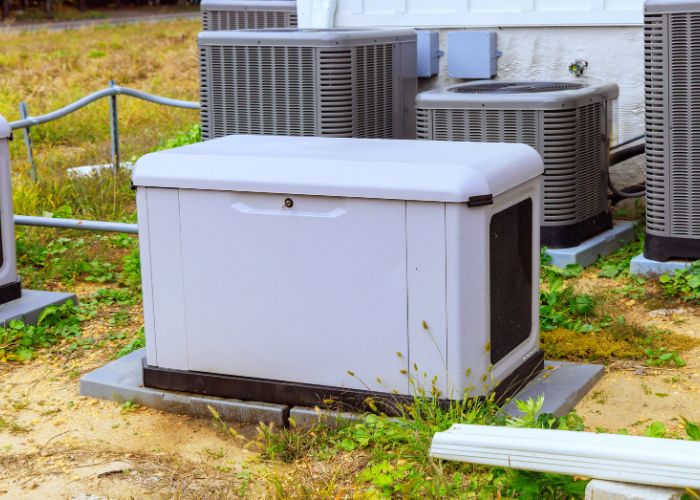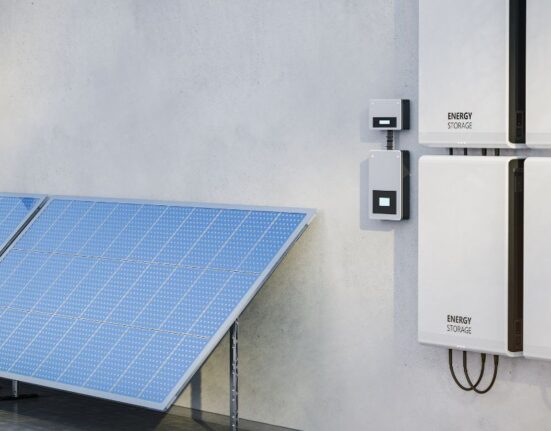Standby generators are essential pieces of equipment for homes in areas that experience frequent power outages. These backup power systems switch on when the main power supply fails, ensuring your household can continue functioning normally even during a blackout. However, with so many standby generator options available on the market, it can be challenging to know which one is right for you and your home.
This guide will walk you through everything you should consider when selecting a standby generator for your home.
Compare Fuel Types
The first step in choosing a standby generator is deciding which fuel type works best for your needs. Standby generators typically run on natural gas, propane, or diesel. Natural gas is convenient if you already have a connection to your home, as it provides an unlimited fuel source.
Propane is a great alternative for areas without natural gas pipelines and offers the added benefit of a long shelf life when stored in tanks. Diesel generators, while less common for homeowners, are known for reliability and efficiency. Think about your home’s current setup and which option would provide the most reliable and cost-effective solution.
Determine What Size You Need
Generators come in various sizes, and the right one for your home depends on your power needs. Calculate how much power you need for your generator to ensure it can handle the appliances and systems critical to your daily life. For example, consider whether you’ll want to power the refrigerator, HVAC system, lights, or even a few outlets for electronics.
Your ideal standby generator size should power your essential devices and home systems and support the total starting wattage of home appliances. An undersized generator can leave you stranded, while an oversized one could waste fuel and cost more than necessary.
Select a Transfer Switch
A transfer switch connects your generator to your home’s electrical system. Automatic transfer switches are popular because they connect to your home’s electrical panel and automatically detect when the grid goes down, starting your generator without you needing to lift a finger.
On the other hand, a manual transfer switch requires you to physically connect your generator when the power goes out. Whichever option you choose, make sure the transfer switch you select is compatible with your generator and aligned with your preferred level of convenience.
Consider Adding Smart Home Functionality
Modern generators often offer smart home integration, allowing you to control and monitor them from your phone or other devices. With smart functionality, you can track fuel levels, check on performance, and even schedule services when your generator needs maintenance. These features can be incredibly convenient, especially if you spend time away from home or live in areas prone to frequent outages. If you’re investing in a generator for long-term peace of mind, adding smart functionality is a great way to upgrade your experience and stay connected.
Choosing the right standby generator for your home doesn’t have to be overwhelming. Start by comparing fuel options, determining the correct size by calculating your power needs, and prioritizing the transfer switch and smart features best suited to your lifestyle. With these steps in mind, you’ll have the confidence to find a generator that keeps your home powered and your family prepared for any situation.

















